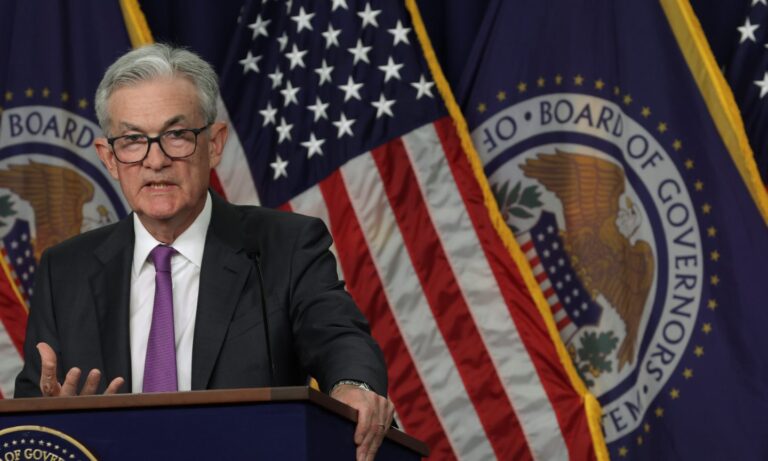That break wasn’t very long.
As expected, the Federal Reserve decided to increase rates by a quarter percentage point at its meeting on Wednesday. The central bank briefly paused from raising the federal funds rates last month after 10 successive rate increases starting in March 2022. Federal funds rates are now at 5.25%-5.50%, a 22-year record.
Fed chair Jerome Powell stated during a press conference on Wednesday that the pause at last month’s meeting and this week’s rate hike are not indicative of an ongoing pattern where rates will be increased every two months. He said that between now and September 19-20, the Fed would closely monitor five reports from the Bureau of Labor Statistics. These include the Employment Cost Index report, due on Friday, as well as two reports about jobs and two reports regarding the Consumer Price Index (CPI).
Fed pursues 2% inflation
CPI can be used to measure inflation. Inflation rose by 0.2%, or 3% over the previous year in the June CPI released on July 12. This was the lowest since March 2021. Powell noted that the report was better than anticipated, but only because it is one report.
Powell acknowledged that the disinflation process has started without costing the labor market any money, but he said he would not use the word “optimistic”. He said that current conditions suggest “there is a path” towards a soft land. Powell said that the Fed no longer anticipates a recession.
Powell pointed out that in March 2022 when the Fed began to increase interest rates, the rate of unemployment was 3.6%. Powell clarified that the Fed’s goal is not to increase unemployment. He said that history shows “when central bankers slow down the economy in order to lower inflation, it tends to result in some softening of labor market conditions.” So, this is the most likely result here .”
Powell stated that the worst thing to do would be not to deal with inflation right away. Powell said that the social cost to society of not controlling inflation was greater than the costs in the short term. The historical record on this is clear.
Powell said that inflation can become volatile if it isn’t brought down. This will interfere with the lives of people and their economic activities.
Fed Chair was ambivalent on future hikes. He said the central bank could raise funds at its September meeting, if data justified it, but that it is also possible to hold the rate steady.
Powell stated that the Fed has reached a stage where they must weigh the risks of too much action against the risks of too little. He said that as the Fed’s stance became more restrictive, and inflation moderated, they were increasingly faced with this risk.
Next step?
Economists, like the Fed are now lowering their expectations of a recession in the next year. The Wall Street Journal surveyed 69 economists on July 15, and they estimated that there is a 54% probability of an economic recession in the coming year. In the last WSJ survey, 61 %. were estimated.
In a survey conducted by Goldman Sachs on July 19, its economists reduced the probability of recession to 20%, from 25%. Goldman Sachs’ economists collectively predicted that rate increases during the Fed meeting in July would be the final ones for this cycle.
Image by Alex Wong/Getty Images via Getty Images
